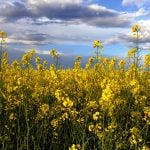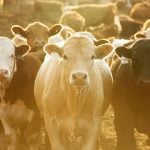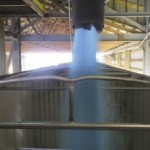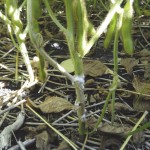A new web tool has recently been developed to help identify pests. Brent Elliot, program/infestation control and sanitation officer, industry services, Canadian Grain Commission, helped develop this new web tool for identifying insects in stored grain. “There are actually two tools — two identification keys,” said Elliot. One identification key is for stored product beetles […] Read more







